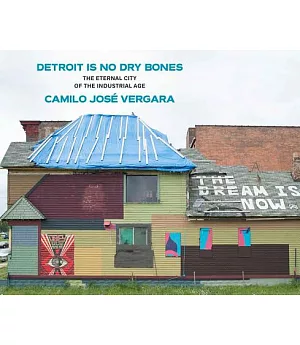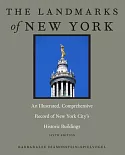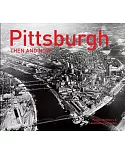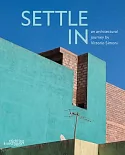"Detroit has lost nearly sixty percent of its population since the mid-1950s. Ethnographer and photographer Camilo Josâe Vergara has traveled to Detroit to document not only the city’s
precipitous decline but also how its residents have survived. Throughannual visits to Detroit over the past twenty five years, Vergara has sought to capture the image of the inner city and its
changes over time. From the 1970s through the 1990s, these changes were almost all for the worse, as the built fabric of the city was erased through neglect and abandonment. But over the last
decade Detroit has seen the beginnings of a positive transformation, and Detroit Is No Dry Bones provides unique documentation of the revival and its urbanistic possibilities. Beyond the fate
of the city’s buildings themselves, Vergara has consistently sought to illumine the lives of Detroit’s people. Not only has he shown the impact of depopulation, disinvestment, and abandonment
on their lives during the worst years of the urban crisis; but he has shown their resilience as well. The photographs are organized in part around the way people have re-used and re-purposed
structures from the past. Vergara, for example, is unique in his documentation of local churches that have re-occupied old bank buildings and other impressive structures from the past and
turned them into something unexpectedly powerful architecturally as well as spiritually"--





















